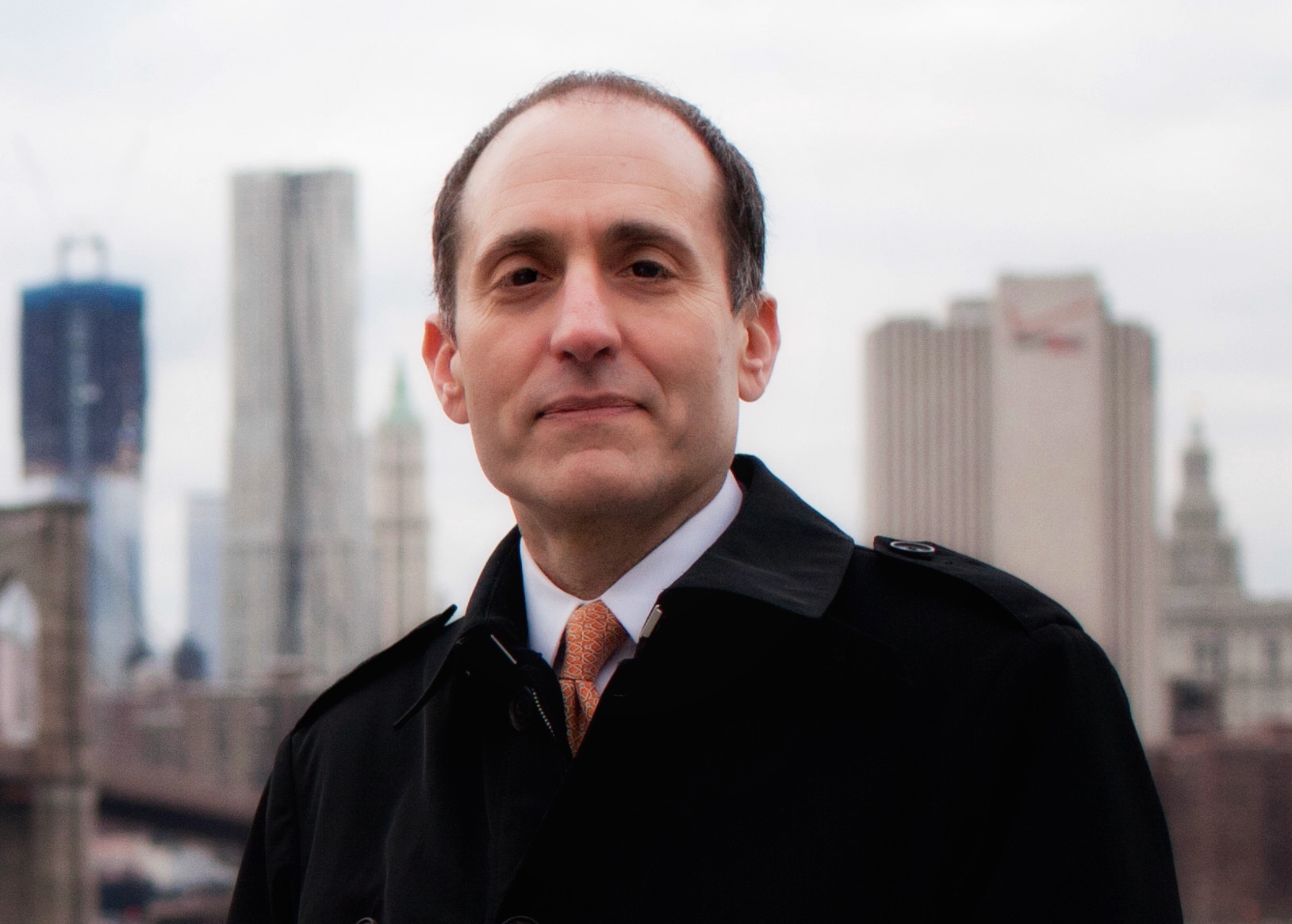Even as stocks continue to surge and unemployment remains low, levels of income inequality in the United States today are at historic highs.
Growing inequality, wage stagnation and low-class mobility have put the notion of the “American Dream” in peril, as many Americans — particularly those who are part of historically marginalized groups — see few opportunities for economic progress.
12 percent of Americans, or about 43 million people, live below the poverty line despite being employed. A third of the U.S. population has no savings and another third has less than $1,000 on hand to spare in case of an emergency. America’s youth are straddled with $1.52 trillion in student loan debt collectively. Nearly 40 percent of adults say they struggled to meet a basic need such as food, housing, health care or utilities in 2017.
With so many locked out of the American Dream, activists, academics and politicians have looked to government to propose policies to expand opportunities for low and middle-income people.
Ben Hecht, President and CEO of Living Cities — an organization which seeks to use philanthropy and financial institutions to improve the lives of low-income people — has taken a different approach.
Although Hecht acknowledges government at all levels has an important role to play in crafting solutions to inequality, he’s identified a number of ways that business and community leaders can make real impacts without relying on politicians and the public sector.
Hecht lays these proposals in his latest book, Reclaiming the American Dream: Proven Solutions for Creating Economic Opportunity for All, published in May.
The Globe Post interviewed Hecht about his vision for a more equitable economy and the possibility of revitalizing communities that have been left behind.
Q. In your book, you talk frequently about creating a “new normal.” What exactly do you mean by that and how could your vision of a new normal bring about a more equitable economy and society?
Hecht: A central premise of this book is that our current systems that shape economic health wellbeing—education, employment, wealth-building, civic engagement, and more—are dismally failing millions of Americans. And, given historical and ongoing structural racism, these systems are particularly and systematically failing to serve Americans of color, our fastest-growing populations.
No individual program will ever be sufficient to profoundly improve the economic trajectory of millions of individuals and our nation as a whole. Instead, we must adopt broad approaches that can work at scale. We need to focus on changing broken systems that no longer serve our country, and transforming them so that they work for today’s majority.
Ultimately, this is not essentially different than the “new normal” that we created at the turn of the twentieth century, when we made public education free and open to all to meet the needs of our fast-industrializing country. Or, when we enacted the GI Bill after World War II to scale college completion and homeownership for the millions of returning veterans who may never have believed either of those dreams to be possible.
Fortunately, many of these broad solutions have already been proven to work time and time again, such as changing employer education benefits to make free, competency-based advanced degrees available to frontline workers. Building a “new normal” would mean establishing that program as the default way of doing business for companies across the country, so that today’s 24 million frontline workers are gaining the skills they need to advance on the job.
Q. You also write extensively about how you believe many of our institutions are outdated and need revamping, alluding to the notion we’ve become a sort of slave to dead ideas. You bring up the example of high schools to illustrate this point. How do you think high schools need to be reformed to better suit young people in today’s economy?
Hecht: In my grandparents’ day, a high school education was the key to a reliable and well-paying job, with opportunities to grow and advance. But the economy has changed dramatically in recent decades and so it’s only logical that the system that worked for them would no longer serve us today. By 2020, it’s estimated that a full 65 percent of jobs will require some form of postsecondary degree.
High schools should be preparing young people with the skills, competencies and credentials they need to enter the workforce and thrive. If a college degree is a prerequisite to a quality job, then we need to take steps to universalize that credential the way we did with free, accessible high school in the past. One prime example is the early college high school model.
Through partnership with local colleges and universities, this model allows high school students to take college courses for credit without added cost, and in most cases, students have the opportunity to graduate high school with the addition of an associate’s degree.
The model has taken hold in places like Pharr-San Juan-Alamo Independent School District, where almost 90 percent of students are considered economically disadvantaged. There’s no reason that this model shouldn’t be available to students in every high school, rather than just the 280 where it’s active now.
Q. Many of the solutions you propose don’t focus on policy or government. Do you believe these solutions have to be complemented by reforms in policy? If so, what can government do to better promote real economic opportunities for all Americans, particularly those who have been left out for so long?
Hecht: What’s incredible about these solutions it that they do not rely on government intervention or policy change to take hold. Instead, what drives the success of these solutions is the commitment of individuals to change their behavior and work together differently. In today’s extreme political climate, that is a message that I believe offers genuine reason for optimism.
That said, government at all levels—state, municipal, and federal—can play a role in creating a policy environment that removes unnecessary barriers for these solutions to take hold and scale up. For example, many states have rigid education funding structures that create a zero-sum game for high schools and colleges and disincentivizes collaboration. That places a hurdle in the way of implementing an early college high school model, which universities and high schools partner to enable students to earn an associate’s degree along with high school diploma.
In order to be truly equipped to innovate and reverse inequities, governments—especially local governments—need to hold up the mirror. From America’s earliest days, governments at all levels have played a role in creating and maintaining racial inequities through laws and policies that enshrined racial segregation in housing and more.
But we have seen the power unleashed when government makes an explicit commitment to unravel them, as with Race Forward’s Government Alliance on Race and Equity (GARE), which has demonstrated the transformative results that can result when local government invests in its own workforce. Through Living Cities’ Racial Equity Here program and in partnership with GARE, Living Cities offered flexible grants to an initial cohort of five cities to fund racial equity audits of core government operations.
That meant looking at all municipal operations to analyze the effects of policies, programs, and daily practices on residents of color. Now, with those audits complete, city employees are taking back the work of executing on the findings and using government funds to make advancing equity the new normal. For example, in Louisville, over half of the city’s 6,000-person staff has undergone racial equity training. Philadelphia is partnering with local trade unions to diversify their membership through its $50 million Rebuild project to renovate city-owned properties.
Q. People and communities of color have been historically barred from broader participation in our economy. You discuss some private sector initiatives that seek to change that. What are some of those initiatives? And what more needs to be done to see them adopted more broadly?
Hecht: The statistics on current racial economic disparities are well-known but no less shocking. Black Americans on whole earn 59 cents and Latinos 72 cents on every dollar earned by a white household, and the median wealth of white families is a staggering twenty times that of Black families. These statistics are devastating not only morally, but also economically. One of the many consequences of the racial wealth gap is fewer successful entrepreneurs of color, given that over two-thirds of entrepreneurs rely on personal and family financial resources during the start-up phase.
Entrepreneurs of color also receive only a tiny sliver of available venture capital and are disproportionately denied credit needed to launch and scale a business. One of the most promising ways that the private sector can combat this gap is by channeling early stage venture capital to entrepreneurs of color. The Impact America Fund, for example, invests specifically in communities that are traditionally “overlooked and undervalued,” to support the success of tomorrow’s high-growth companies. Village Capital also provides early stage investment, using a unique peer-selection model with entrepreneurs assess each other’s ventures.
In addition, Village Capital offers an in-depth curriculum that provides entrepreneurs with the tools they need to grow their business—team management, customer discovery, financial planning and becoming investment-ready—as well as opportunities to build relationships with potential mentors, customers and investors. Scaling these existing funds—and replicating them across the country—would be a powerful way to combat racial disparities in entrepreneurship and create jobs that will contribute to all of our economic security.
Q. How optimistic are you that more people in this country will have the opportunity to achieve the classic idea of the American Dream in years to come?
Hecht: There is a lot of reason today for outrage and pessimism, but in my work I have also discovered many reasons for meaningful optimism about the future of the American Dream. Local leaders, fed up with the political paralysis in Washington, DC, have been developing real solutions to some of our most complex and stymying challenges.
Models like the StriveTogether network have shown what’s possible when leaders from across sectors come together, commit to a set of shared results (in this case, better outcomes for their children throughout their entire educational career), and agree to hold each other accountable with data and change their behavior as needed. The achievements of these types of initiatives, and their successful spread across the country, offer a hopeful blueprint for the future.
What’s more, across the country leaders are doing the personal competency building necessary to identify and unravel behaviors, policies and systems that perpetuate racial inequities. That “lens” is critical for addressing the root causes of today’s economic inequities and expanding opportunity to all.
In Cleveland for example, thanks in large part to the efforts of local non-profit Cleveland Neighborhood Progress, almost 1,500 residents have undergone racial equity trainings, creating a network of leaders who are eager to make change and equipped with the competencies to do so. We have a lot of work ahead of us, but each of us has a role we can play. We all have the power to contribute to reclaiming the American Dream.

















